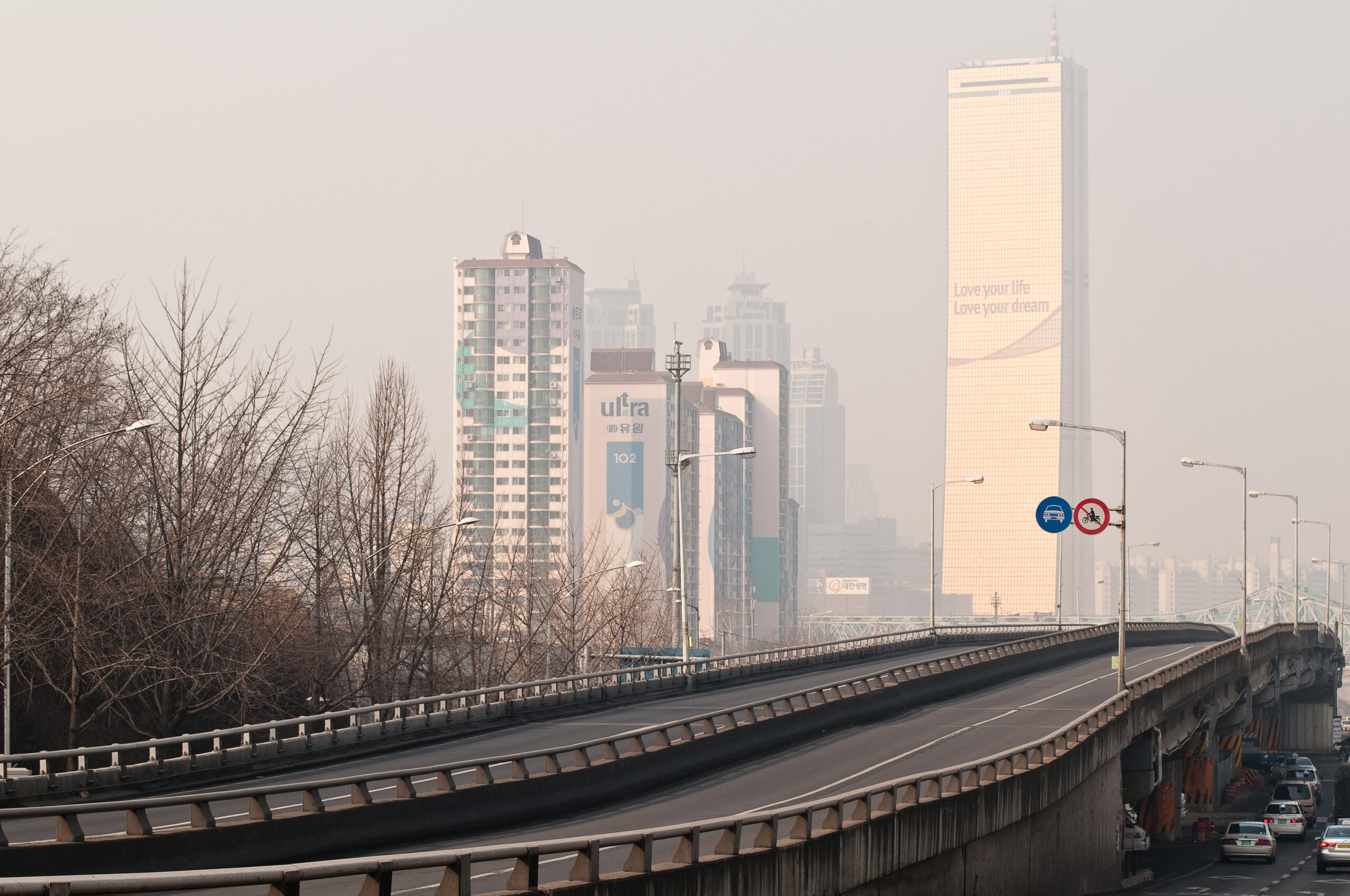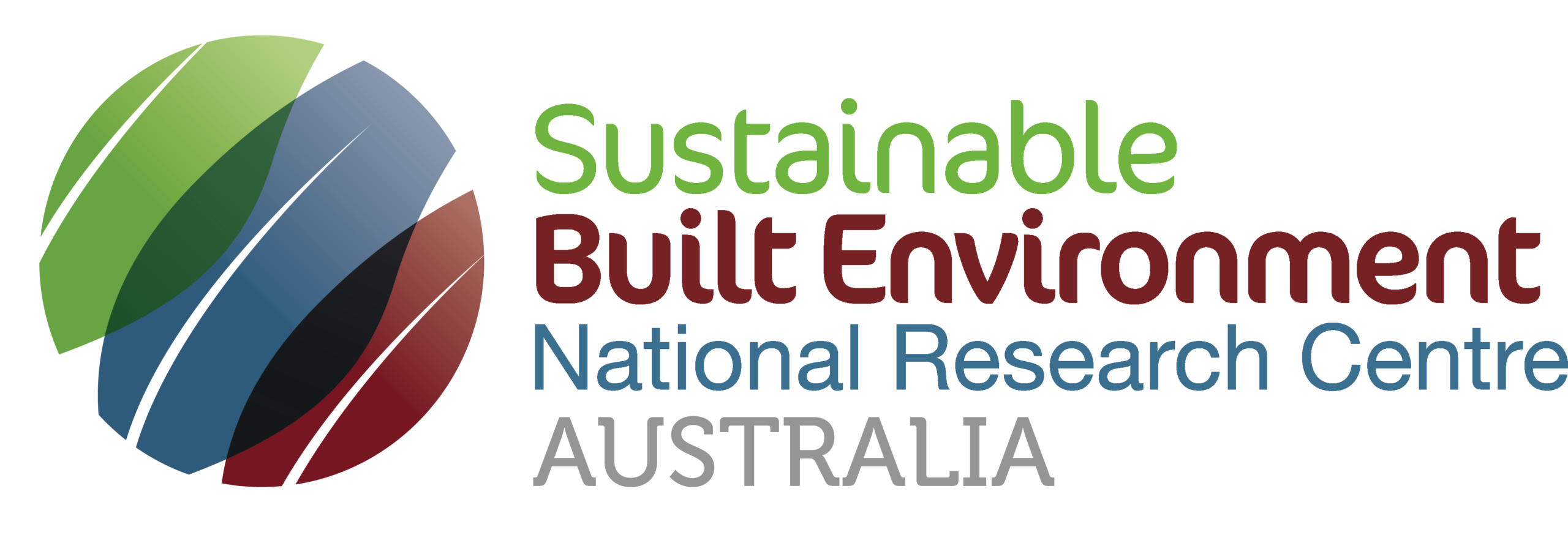
1.3 The Future of Roads: Reducing Environmental Pressures, Sustainability Reporting, and Considering Future Scenarios

Project Number
1.3Round
Round 1Date
September 2011 - February 2013Research Team

Project Leader
Professor Peter Newman
PhD DipES&T BSc(Hons) FTSE
Curtin University
P.Newman@curtin.edu.au

Project Manager
Dr Charlie Hargroves
BE (Civil), PhD
Curtin University
charlie.hargroves@curtin.edu.au

Dr Cheryl Desha
BE (Env), PhD
Co-Project Leader
Queensland University of Technology
cheryl.desha@qut.edu.au
Documents for Downloading
Articles
Article: CCF Qld Insights, August 2011 – A Bright Future for Roads and Sustainability (103.96 Kb)
See also related CCF Presentation Slides – Roads to Success Conference March 2012 (1.53 Mb)
Article: New Building Materials and Construction World Magazine, India, February 2012 – Emerging Issues for Road Construction and Maintenance: A Futuristic View (2.55 Mb)
Industry Papers and Presentations
Industry Paper – Understanding Pressures on the Future of Roads: A Sustainable Built Environment National Research Centre Discussion paper, Qld Dept of Tranpsort and Main Roads Engineering Technology Forum, Brisbane, Aug 2011 (168.04 Kb)
See also related Qld Dept of Transport and Main Roads Presentation Slides – 2011 (1.2 Mb)
In the coming decades the design, construction, operation, and maintenance of roads and transport infrastructure will face a range of new challenges and as such will require a number of new approaches. Such challenges will result from a growing number of interconnected environmental, social, and economic factors, which are set to apply significant pressure on the future of roads. For instance, Environmental pressures will include the impacts of climate change on rainfall patterns and temperature profiles; Economic pressure will be affected by materials and resources shortages, along with predicted increases in energy and resource prices globally, and Social pressures will include potential shifts to lighter vehicles, reduced use of cars due to higher fuel costs, and political pressure to respond to climate change.
To inform the response to such challenges this project focused on three key areas:
- Identifying ways to reduce environmental pressures from road building;
- Investigating the emergence of sustainability reporting and roads; and
- Investigating future trends and scenarios that will affect roads.
The findings inform a range of actions for moving forward, namely: capacity building to identify short term options to ‘reduce greenhouse gas emissions’ during construction, design, maintenance and operation on existing and future road projects; enhancing ‘sustainability reporting’ efforts, such as to AGIC and the GRI; and ongoing strategic consideration of the ‘risks and opportunities’ associated with current and future trends. Benefits to industry include: improving strategic positioning; providing guidance on areas of specialisation; and understanding market gaps and arising business opportunities.
Benefits to government include: informing policy and management decisions; providing insight into changing roles and leverage points for action; providing a scenario planning framework; and informing further research areas. Both will need transparent and strategic reporting mechanisms to show how the new challenges for road delivery and operations are being addressed.
Project partners include: Parsons Brinckerhoff, John Holland, Queensland Transport and Main Roads, Main Roads Western Australia, Australian Green Infrastructure Council.
The research team was led by Professor Peter Newman (Curtin), Charlie Hargroves (Curtin), and Dr. Cheryl Desha (QUT), and included: Dr. Anne Matan (Curtin), Kimberley Wilson (QUT), Luke Whistler (QUT), Annabel Farr (QUT), Justine Beauson (Curtin), and Leon Surawski (Curtin), with advice from Professor Arun Kumar (QUT).
Project Highlights
Stakeholder Engagement
A series of stakeholder meetings have been held along with the facilitation of two stakeholder workshops involving over 25 participants, in Perth and Brisbane. Participants were asked to review selected outcomes from the literature review related to reducing the environmental pressures from road building, and then asked to identify critical indicators for roads in the future based on a discussion of potential future considerations, risks and pressures. The final session then focused on how scenarios might be developed to deliver tangible benefit to stakeholders.
Project 1.3 Stakeholder Engagement Report 1 – July 2011 (489 kb)
Project 1.3 Stakeholder Engagement Report 2 – April 2012 (329 kb)
Future Trends and Scenarios
Based on the findings of the literature review and stakeholder engagement (which identified climate change and resource shortages as key trends), the team, led by Dr Annie Matan developed a series of 10 trend summaries that were explored in the above stakeholder engagement process in April 2012, including a focus on:
- Increase in the cost of road maintenance,
- Increase in extreme weather events,
- Oil based road surfacing unfeasible,
- Trips by walking, cycling & public transport increase,
- Resource shortages: aggregate shortages, freshwater scarcity,
- Freight vehicles increase in size & quantity,
- Funding constraints on new projects & on maintenance of existing infrastructure,
- Transport infrastructure reaches capacity,
- Electric & alternative fuel vehicles are mainstream, and
- City planning requires intensification along rail lines & infill development.
Project 1.3 Trend Summaries for Stakeholder Workshop (191 kb)











